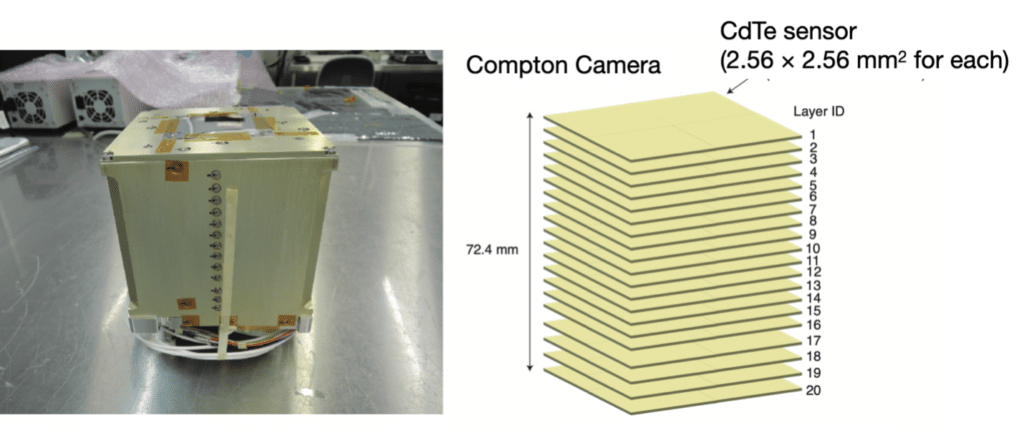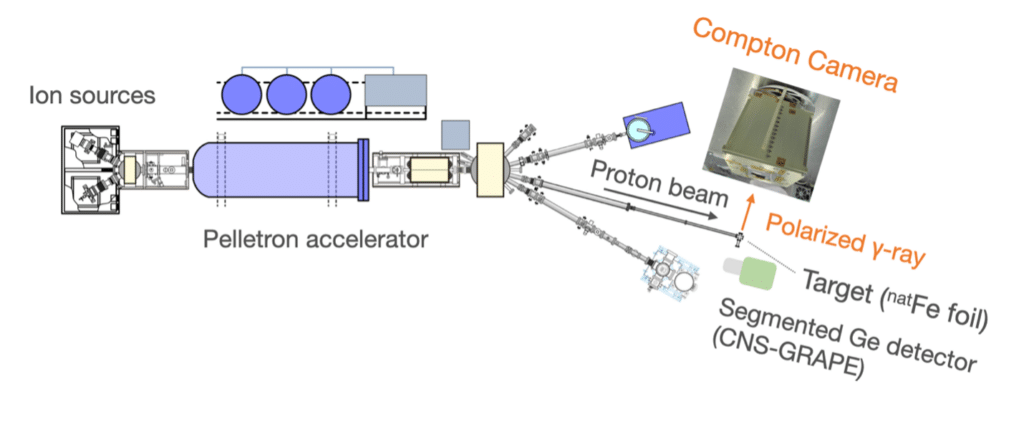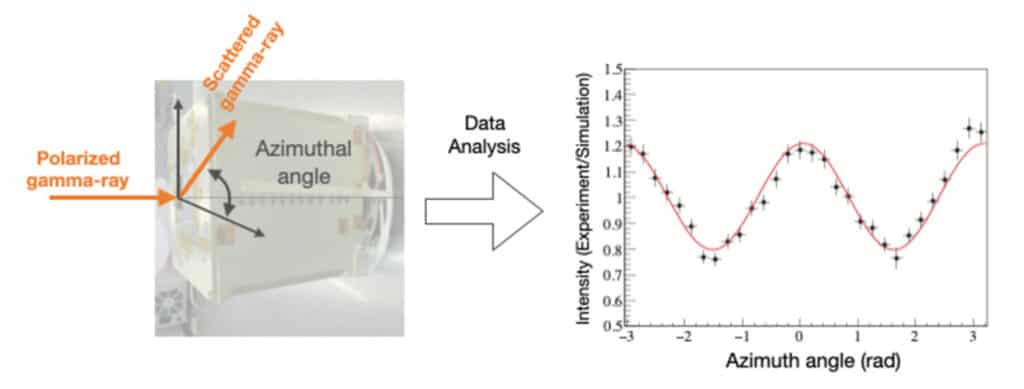For the first time, scientists have been able to explore the elusive transformations within the atomic nuclei. By repurposing astronomy observation tools, researchers from the Kavli Institute for the Physics and Mathematics of the Universe (WPI-Kavli IPMU) are shedding light on phenomena unseen in stable nuclear forms.
At the heart of every atom lies its nucleus, a dense core composed of protons and neutrons. While about 270 stable nuclei are known to exist in nature, this number expands dramatically to 3,000 when considering unstable nuclei. These unstable forms have intrigued scientists with their unusual behaviors, such as energy level anomalies, the disappearance of traditional “magic numbers,” and the emergence of new ones. Magic numbers refer to the count of protons or neutrons in a nucleus that renders it exceptionally stable.

Researchers focused on capturing the elusive quantum states of these atomic nuclei, which are characterized by their energy, spin, and parity. Traditionally, this task has been challenging due to the need for a balance between sensitivity and detection efficiency in analyzing the electromagnetic characteristics of nuclear transitions.
Utilizing a state-of-the-art multi-layer semiconductor Compton camera, equipped with a Cadmium Telluride (CdTe) semiconductor imaging sensor, the researchers have made significant strides. This camera, initially designed for the vast expanse of space, proved instrumental in detecting the polarization of gamma rays emitted from atomic nuclei, thereby uncovering their internal structures.

“The Compton camera includes a Cadmium Telluride (CdTe) semiconductor imaging sensor, which was originally designed for astronomy observation. It has a high detection efficiency and precise position determination accuracy,” say study authors in a media release.
By artificially controlling both the position and intensity of gamma-ray emissions in nuclear spectroscopy experiments, scientists achieved a detailed analysis of scattering events, facilitating highly sensitive polarization measurement.
The remarkable precision of the camera allowed the team to conduct accelerator experiments at the RIKEN Pelletron accelerator successfully. Here, proton beams targeted a thin iron film, exciting the nuclei of 56Fe and allowing the emitted gamma rays to be measured, revealing intricate peak structures.

This method dramatically reduces the uncertainties associated with determining the spin and parity of quantum states in rare atomic nuclei. The implications of this research are vast, offering insights into the fundamental principles of the universe and the nature of matter, including the intriguing process of magic number disintegration in exotic, unstable nuclei.
This innovative cross-disciplinary application of technology not only opens new avenues in nuclear physics but also exemplifies the potential of leveraging tools across different fields of science to unravel the mysteries of the natural world.
The study is published in the journal Scientific Reports.












